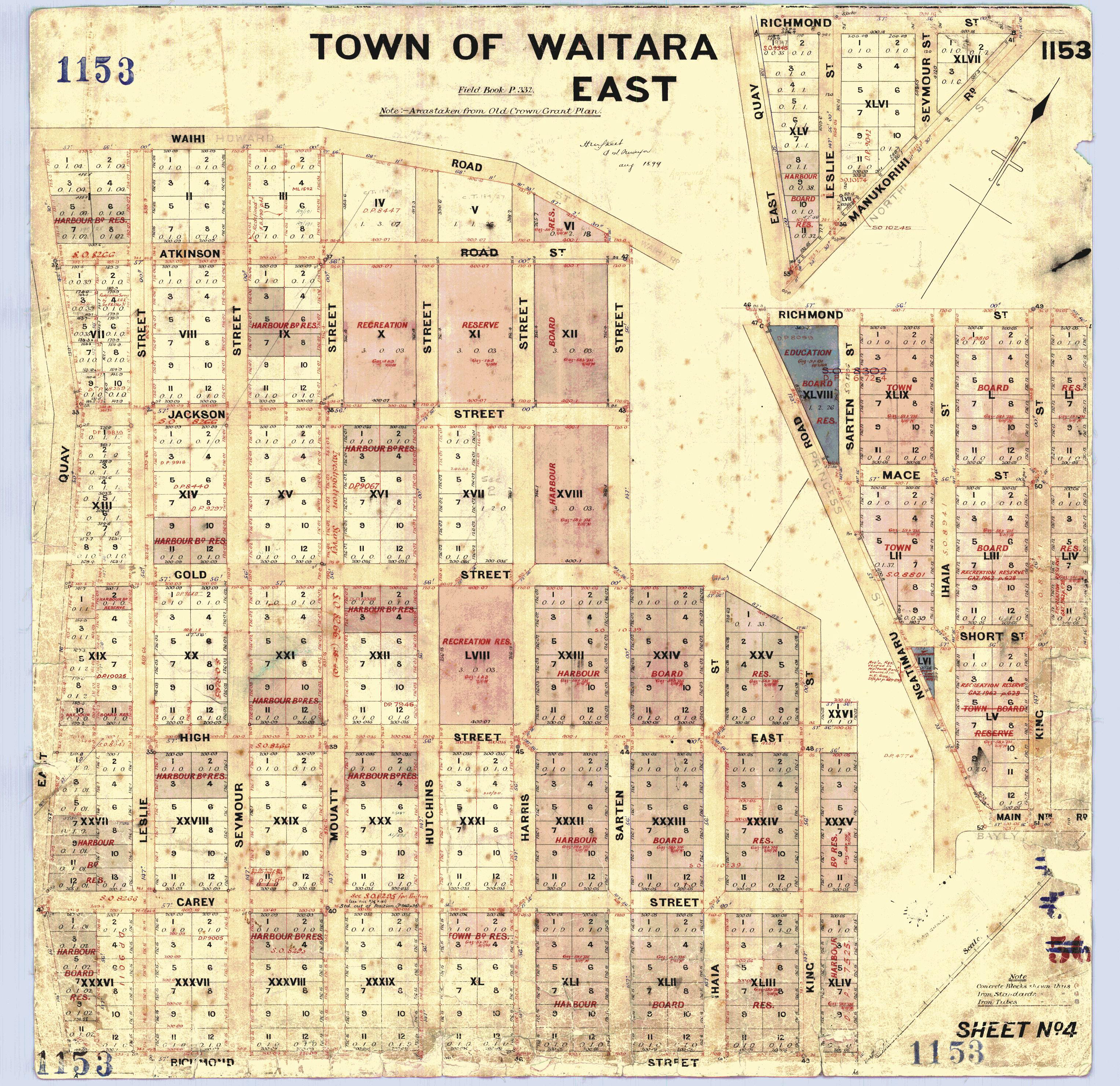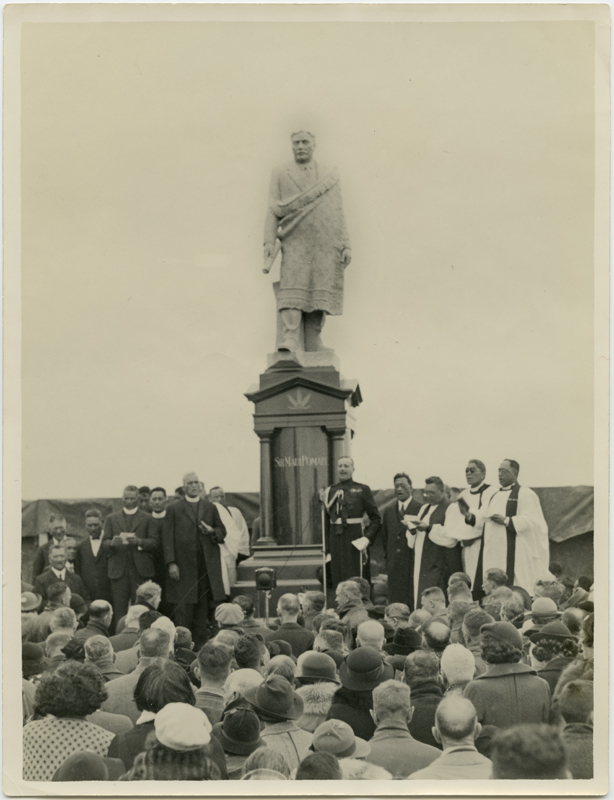


Manukorihi Road is named after the ancient Manukorihi pā which is said to have been populated by Māori from before the 12th Century. There are a few explanations to the origin of the name, but no single explanation remains with any authority.
We know that Manu-Korihi literally translated means manu, a bird, and korihi, to sing like a bird, so it may be that the area was rich in bird life. According to some, the Manukorihi hapū of Te Ātiawa is named after a chief of the same name from Ngāti Awa in the Bay of Plenty, who settled in Waitara. While others suggest the hapū just took its name from the pā.
The Manukorihi people were related to Ngāti Whātua through the marriage of Te Raraku, a Chief from Kaipara and a Te Ātiawa woman Kainga-rua. Te Ātiawa leader Wiremu Kīngi Te Rangitaake maintained lineage with Ngāti Whātua through this link. This relationship was to prove vital, as it often saved the Manukorihi hapū from destruction by invading Northern tribes during the wars of the 19th Century. Wiremu was of course the ariki whose refusal to give up land at Waitara led to the outbreak of the First Taranaki War.
Manukorihi pā was the tūrangawaewae of several famous Māori. Makere was a great Te Ātiawa warrior, chief, and poet from Ōwae, who lived there a generation or more before Captain Cook's first visit to New Zealand. Sir Māui Pōmare, a doctor and a prominent Māori politician, well known for his efforts to improve Māori health, was another.
In 1842, Plymouth Company surveyor, Frederick Carrington, prepared a detailed survey plan of Manukorihi pā showing the earthworks in an undisturbed state. In 1914, Elsdon Best made a sketch map, and there had been significant changes; European settlement had virtually destroyed the works of the Māori military engineers. Finally, between 1826 and 1828, the Manukorihi pā on the north bank of the Waitara River was abandoned.
The present settlement of Manukorihi occupies the part of the original pā known as Ōwae. The area of Manukorihi pā that remains today forms but a very small part of the original pā.
This story was originally published in the Taranaki Daily News.
Please do not reproduce these images without permission from Puke Ariki.
Contact us for more information or you can order images online here.